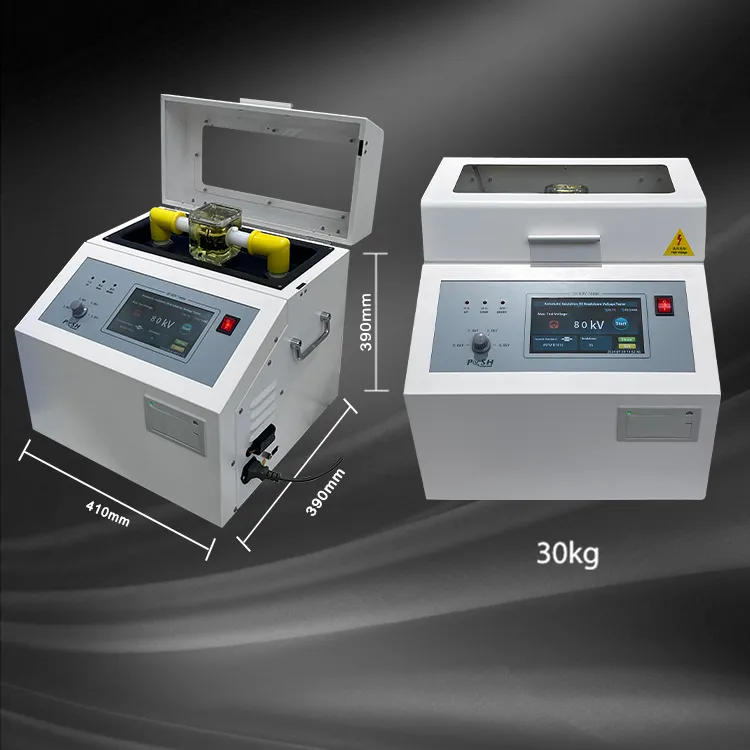 English
English



-
 Afrikaans
Afrikaans -
 Albanian
Albanian -
 Amharic
Amharic -
 Arabic
Arabic -
 Armenian
Armenian -
 Azerbaijani
Azerbaijani -
 Basque
Basque -
 Belarusian
Belarusian -
 Bengali
Bengali -
 Bosnian
Bosnian -
 Bulgarian
Bulgarian -
 Catalan
Catalan -
 Cebuano
Cebuano -
 China
China -
 China (Taiwan)
China (Taiwan) -
 Corsican
Corsican -
 Croatian
Croatian -
 Czech
Czech -
 Danish
Danish -
 Dutch
Dutch -
 English
English -
 Esperanto
Esperanto -
 Estonian
Estonian -
 Finnish
Finnish -
 French
French -
 Frisian
Frisian -
 Galician
Galician -
 Georgian
Georgian -
 German
German -
 Greek
Greek -
 Gujarati
Gujarati -
 Haitian Creole
Haitian Creole -
 hausa
hausa -
 hawaiian
hawaiian -
 Hebrew
Hebrew -
 Hindi
Hindi -
 Miao
Miao -
 Hungarian
Hungarian -
 Icelandic
Icelandic -
 igbo
igbo -
 Indonesian
Indonesian -
 irish
irish -
 Italian
Italian -
 Japanese
Japanese -
 Javanese
Javanese -
 Kannada
Kannada -
 kazakh
kazakh -
 Khmer
Khmer -
 Rwandese
Rwandese -
 Korean
Korean -
 Kurdish
Kurdish -
 Kyrgyz
Kyrgyz -
 Lao
Lao -
 Latin
Latin -
 Latvian
Latvian -
 Lithuanian
Lithuanian -
 Luxembourgish
Luxembourgish -
 Macedonian
Macedonian -
 Malgashi
Malgashi -
 Malay
Malay -
 Malayalam
Malayalam -
 Maltese
Maltese -
 Maori
Maori -
 Marathi
Marathi -
 Mongolian
Mongolian -
 Myanmar
Myanmar -
 Nepali
Nepali -
 Norwegian
Norwegian -
 Norwegian
Norwegian -
 Occitan
Occitan -
 Pashto
Pashto -
 Persian
Persian -
 Polish
Polish -
 Portuguese
Portuguese -
 Punjabi
Punjabi -
 Romanian
Romanian -
 Russian
Russian -
 Samoan
Samoan -
 Scottish Gaelic
Scottish Gaelic -
 Serbian
Serbian -
 Sesotho
Sesotho -
 Shona
Shona -
 Sindhi
Sindhi -
 Sinhala
Sinhala -
 Slovak
Slovak -
 Slovenian
Slovenian -
 Somali
Somali -
 Spanish
Spanish -
 Sundanese
Sundanese -
 Swahili
Swahili -
 Swedish
Swedish -
 Tagalog
Tagalog -
 Tajik
Tajik -
 Tamil
Tamil -
 Tatar
Tatar -
 Telugu
Telugu -
 Thai
Thai -
 Turkish
Turkish -
 Turkmen
Turkmen -
 Ukrainian
Ukrainian -
 Urdu
Urdu -
 Uighur
Uighur -
 Uzbek
Uzbek -
 Vietnamese
Vietnamese -
 Welsh
Welsh -
 Bantu
Bantu -
 Yiddish
Yiddish -
 Yoruba
Yoruba -
 Zulu
Zulu
power quality assessment
Power Quality Assessment Ensuring Reliable Electrical Systems
Power quality refers to the characteristics of the electrical power supplied to consumers, including voltage, frequency, and waveform. The importance of power quality assessment cannot be overstated, as it plays a critical role in the efficiency, reliability, and longevity of electrical systems. Poor power quality can lead to equipment malfunctions, increased energy costs, and substantial downtime, making it imperative for businesses and industries to proactively monitor and manage their power quality.
At the core of power quality assessment are a few key parameters. These include voltage sags, swells, transients, harmonics, and frequency variations. Voltage sags and swells are short-term reductions or increases in voltage that can damage sensitive electronic equipment. Transients, on the other hand, are sudden spikes in voltage, often occurring during lightning strikes or equipment switching, which can also harm electrical devices. Harmonics are distortions in the voltage and current waveforms caused by non-linear loads like computers and LED lighting. Finally, frequency variations can disrupt the operation of synchronous machines and sensitive equipment.
To conduct a thorough power quality assessment, professionals use various measurement and analysis techniques. Power quality analyzers are essential tools that can capture data on the aforementioned parameters over time. By placing these devices at strategic points within the electrical distribution system, engineers can obtain a comprehensive view of the power quality experienced by end-users. This information then allows for identifying patterns or recurring issues, facilitating targeted interventions.
The analysis of power quality data can reveal a myriad of issues. For instance, high levels of harmonics can increase the heating of electrical conductors and transformers, leading to inefficiency and premature failures. Similarly, frequent voltage sags can indicate overloaded circuits or inadequate supply capacity. By identifying these issues early, businesses can take corrective actions such as upgrading equipment, improving grounding, or modifying load profiles to enhance overall system performance.
power quality assessment

The consequences of neglecting power quality assessment can be significant. Many industries rely heavily on technology for their operations. Manufacturing plants, for instance, use automated machinery that requires a consistent power supply. Any disturbance can lead to production delays, product defects, or, in the worst case, catastrophic failures. Similarly, data centers, which store and process critical information, face severe consequences from power quality issues, including data loss or corruption. Therefore, regular monitoring and assessment should be an integral part of an organization’s operational strategy.
Techniques to improve power quality often involve both hardware and software solutions. Installing power factor correction devices, for example, can help mitigate the effects of harmonics and improve the overall power quality. Additionally, employing advanced software for real-time monitoring enables organizations to respond quickly to power quality issues as they occur. Integration with automated control systems can further enhance responsiveness and mitigation efforts.
In recent years, the increased adoption of renewable energy sources and smart grid technology has brought new challenges and considerations for power quality assessment. Fluctuations in power generation from sources like wind and solar can impact voltage stability and overall system reliability. Consequently, power quality assessment has evolved, requiring new strategies and technologies to adapt to these changes effectively.
In conclusion, power quality assessment is a vital component of modern electrical systems. It not only ensures the reliability of equipment and processes but also contributes to energy efficiency and cost savings. As industries continue to advance technologically, the role of power quality assessment in safeguarding operations will only grow in importance. Regular evaluations, along with proactive measures, can help organizations maintain superior power quality, ultimately leading to enhanced performance and sustainability.
-
Using Distillation Range Testers in the Food and Beverage IndustryNewsApr.16,2025
-
The Impact of IoT on Distillation Range Tester PerformanceNewsApr.16,2025
-
The Best Distillation Range Testers for Extreme ConditionsNewsApr.16,2025
-
How Distillation Range Testers Save Time and MoneyNewsApr.16,2025
-
Distillation Devices for Advanced Separation TechniquesNewsApr.16,2025
-
Common Mistakes to Avoid When Using a Distillation Range TesterNewsApr.16,2025



